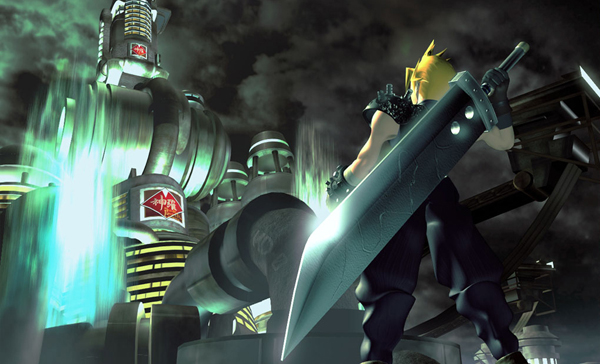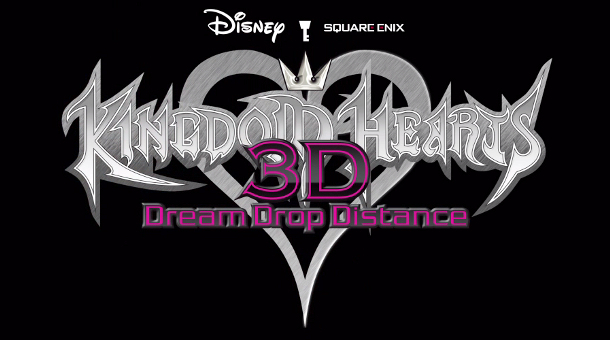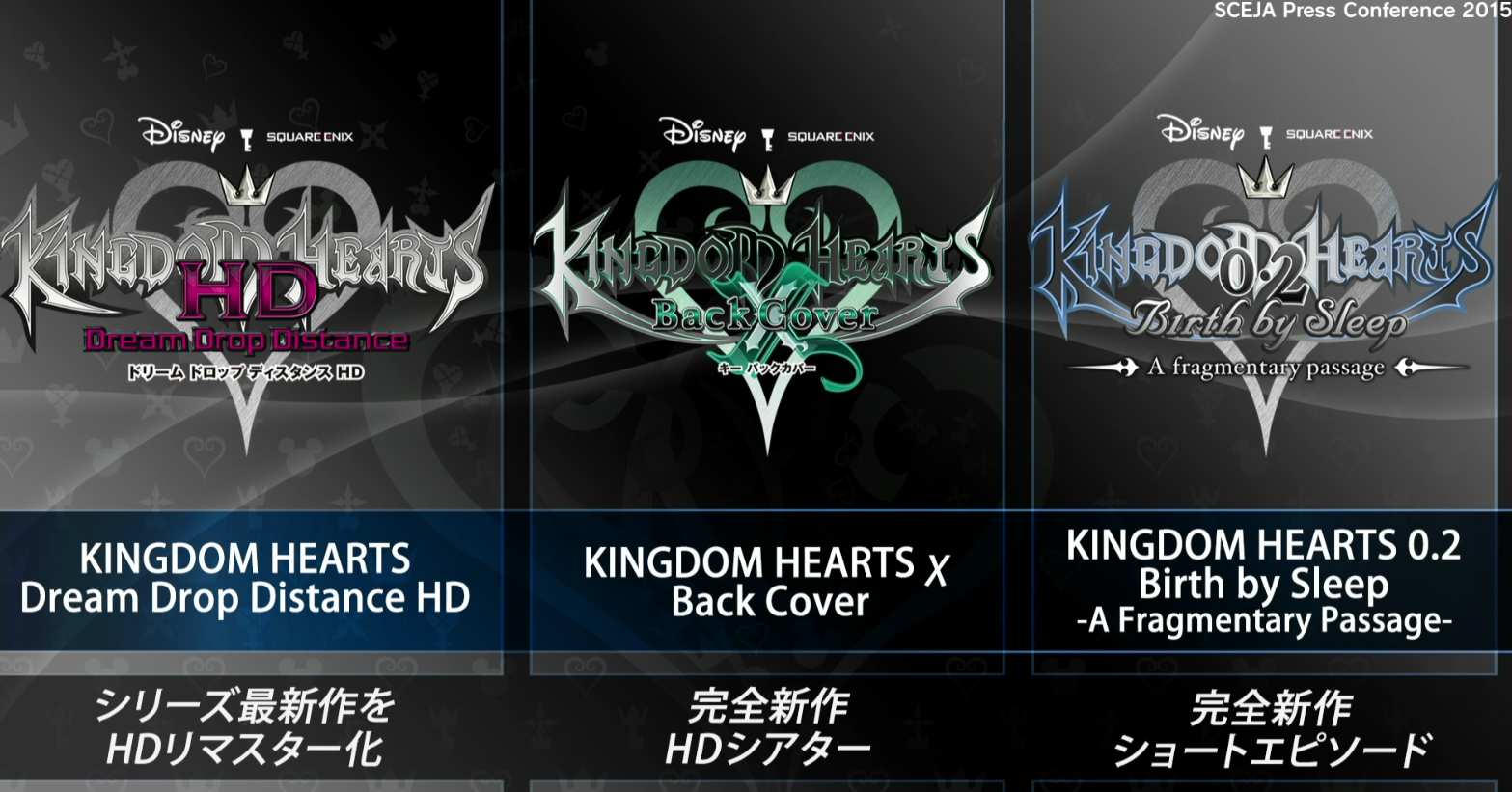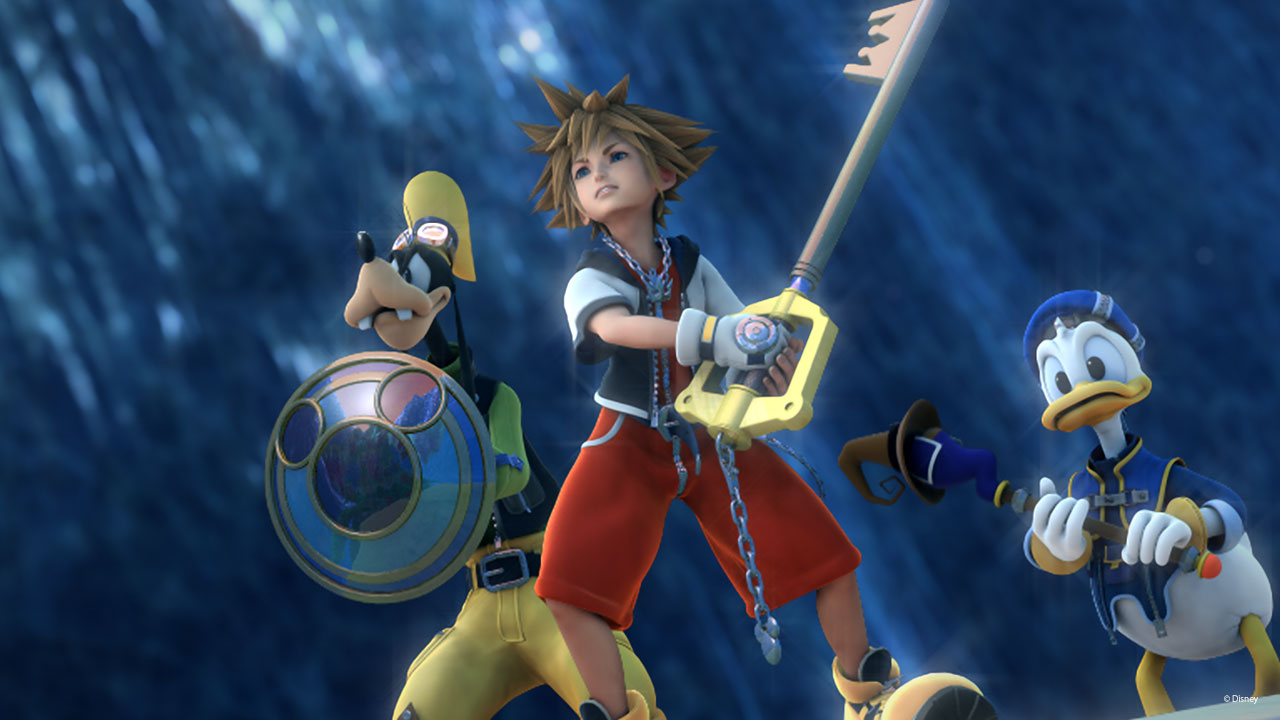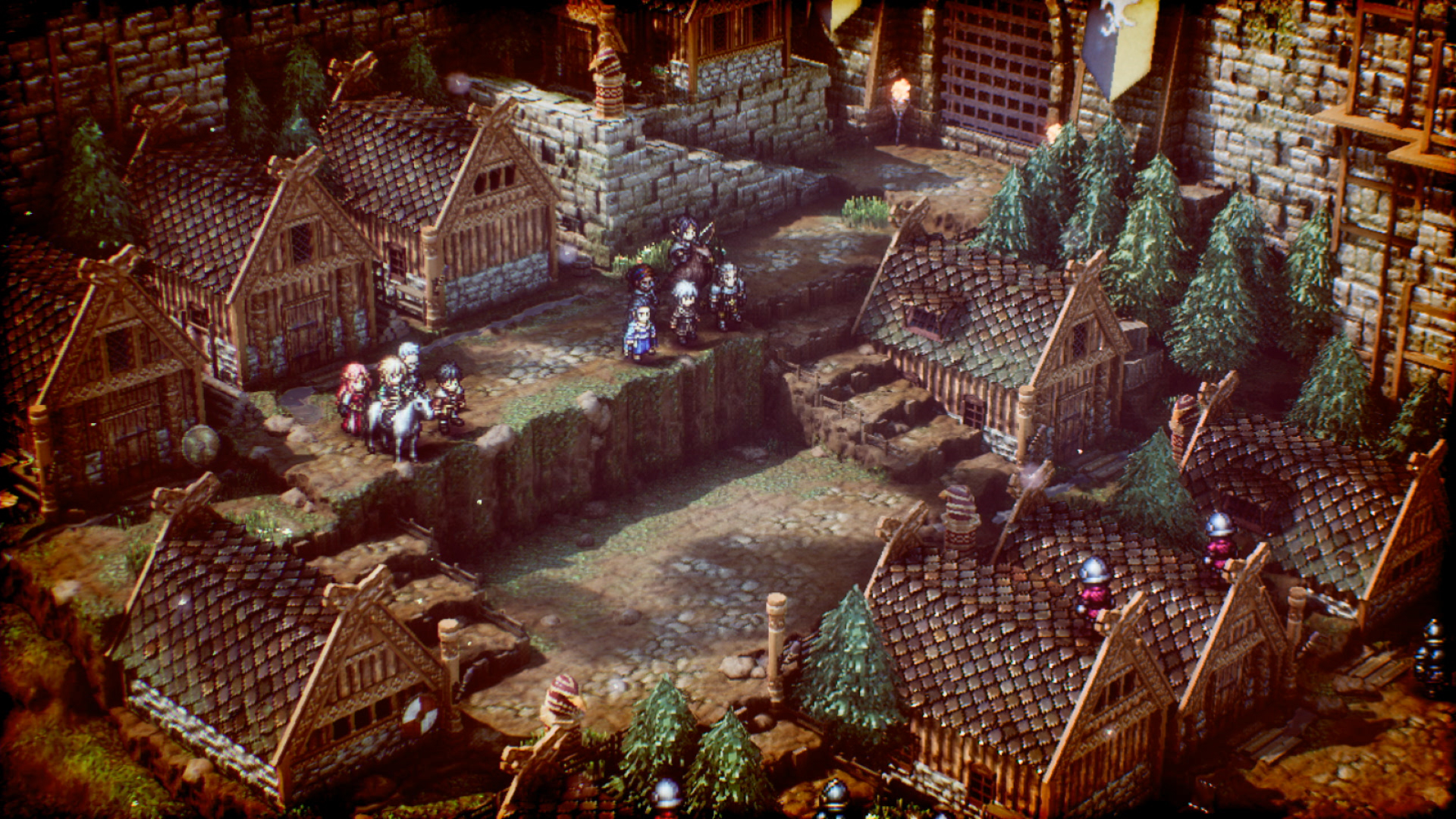
Once upon a time, Square Enix were known for their experimental and interesting smaller games. While they were releasing their big budget RPGs in Final Fantasy and Kingdom Hearts, they were also releasing amazing smaller games. As the years went on, fewer of those smaller games made it out of Square Enix and onto consoles, and the bigger budget blockbusters took over. Enter the Nintendo Switch, a system so successful Square Enix have revved up their mid-budget creative engines once again. Through that movement the term HD-2D was born, and a fantastic new visual style created. After sticking with a couple of turn based RPGs to start, now the engine has been turned towards a Tactical RPG in Triangle Strategy, a fantastic return to a genre Square had largely left behind.
Triangle Strategy follows Serenoa Wolfort, heir to the Wolfort Demense and all round great guy. Along with his seven closest companions the story follows his journey and decisions as the world around him is thrust back into war after a period of tenuous peace. The story deals with grief, loss and the balancing act that is required when in power. It can be surprisingly thoughtful and deep, and quickly dragged me in. While it’s characters can sometimes be somewhat one-dimensional at points, the story as a whole is relatively well written and incredibly engaging.
Where Triangle Stategy’s story diverges from the standard form is in its use of the Scales of Conviction. Whereas most other games put all of the decision making power in your hands, Triangle Strategy instead divides that power amongst your seven companions. When large, seemingly life altering, decisions are to be made Serenoa brings out the Scales. Now, all companion’s opinions have equal weight as we move to a democratic process of voting for the action to take. Serenoa, and by extension the player, is unable to vote on the outcome, instead engaging in conversation with his companions to attempt to persuade them to his favoured outcome. To do this requires information gathered by talking to NPCs through the game’s exploration phases. If you don’t have the right piece of information, your persuasion might fail, and so exploration is highly recommended. While I never failed to enact the outcome I wanted, there were some close calls and it’s interesting to see the attempt at a unique decision making mechanic.
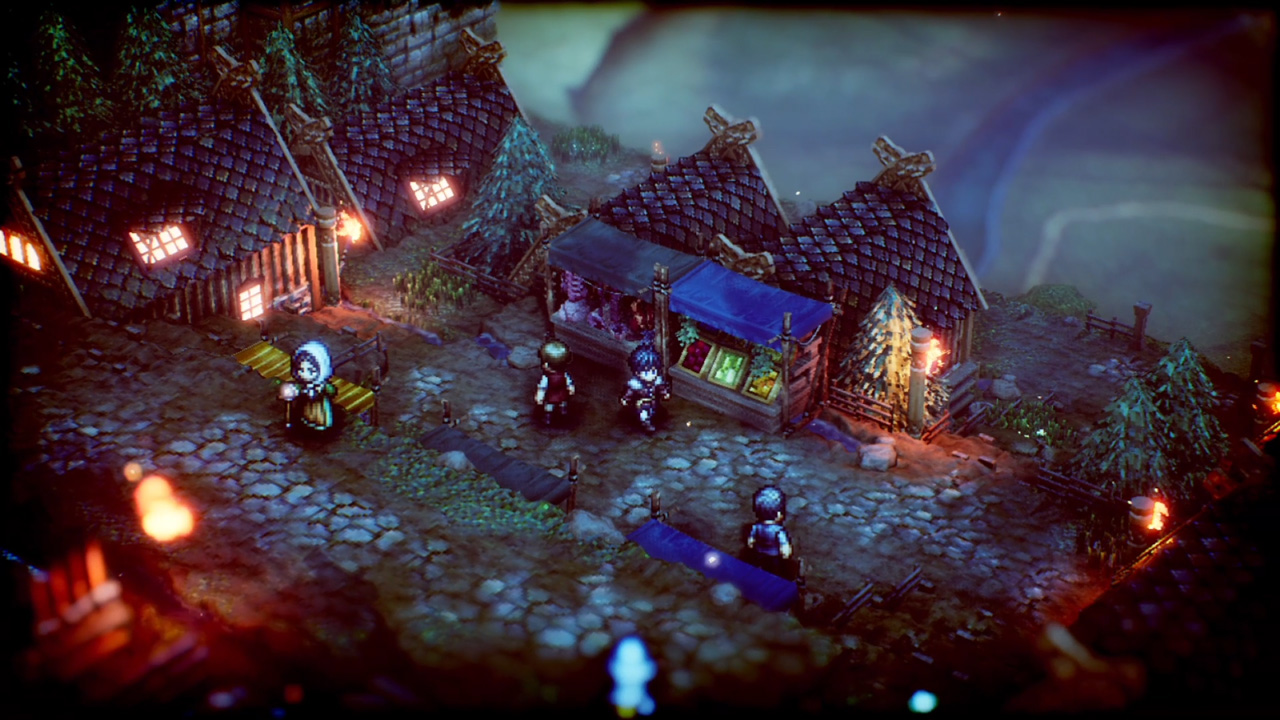
Between the story and exploration segments, Serenoa and his companions take part in traditional turn based tactical battles. With a grid-based movement system, bonuses for height and backstabs and more, there isn’t much here that will shock or surprise you. Instead, Triangle Strategy’s battle system is simply incredibly solid in its execution without being groundbreaking. The big difference comes in the game’s lack of MP, instead relying on a system based on TP which heavily limits your use of special abilities. Especially early on in the game. You’ll often find your mages completely useless for a turn or two in the early going, with their TP gone from only a couple of spells and requiring time to recharge before being able to fire off another volley of spells. How quickly your mages lose effectiveness because of this limitation definitely causes frustration in combat, although it is largely alleviated as your raise their ranks throughout the game.
Difficulty wise, don’t go in expecting a breezy adventure like Fire Emblem: Three Houses. Instead, Triangle Strategy straddles a line between being satisfyingly challenging and a touch too difficult at points. Make the wrong moves in combat and you’ll find yourself quickly routed on the battlefield. You’ll need to make use of tactics and strategy to really flourish in the games battle segments. Unfortunately, the combat also requires grinding to be able to progress, given its level jumps between stages are basically unattainable without redoing training levels. Add in grinding for upgrade materials for your weapons and Triangle Strategy can quickly become a timesink.
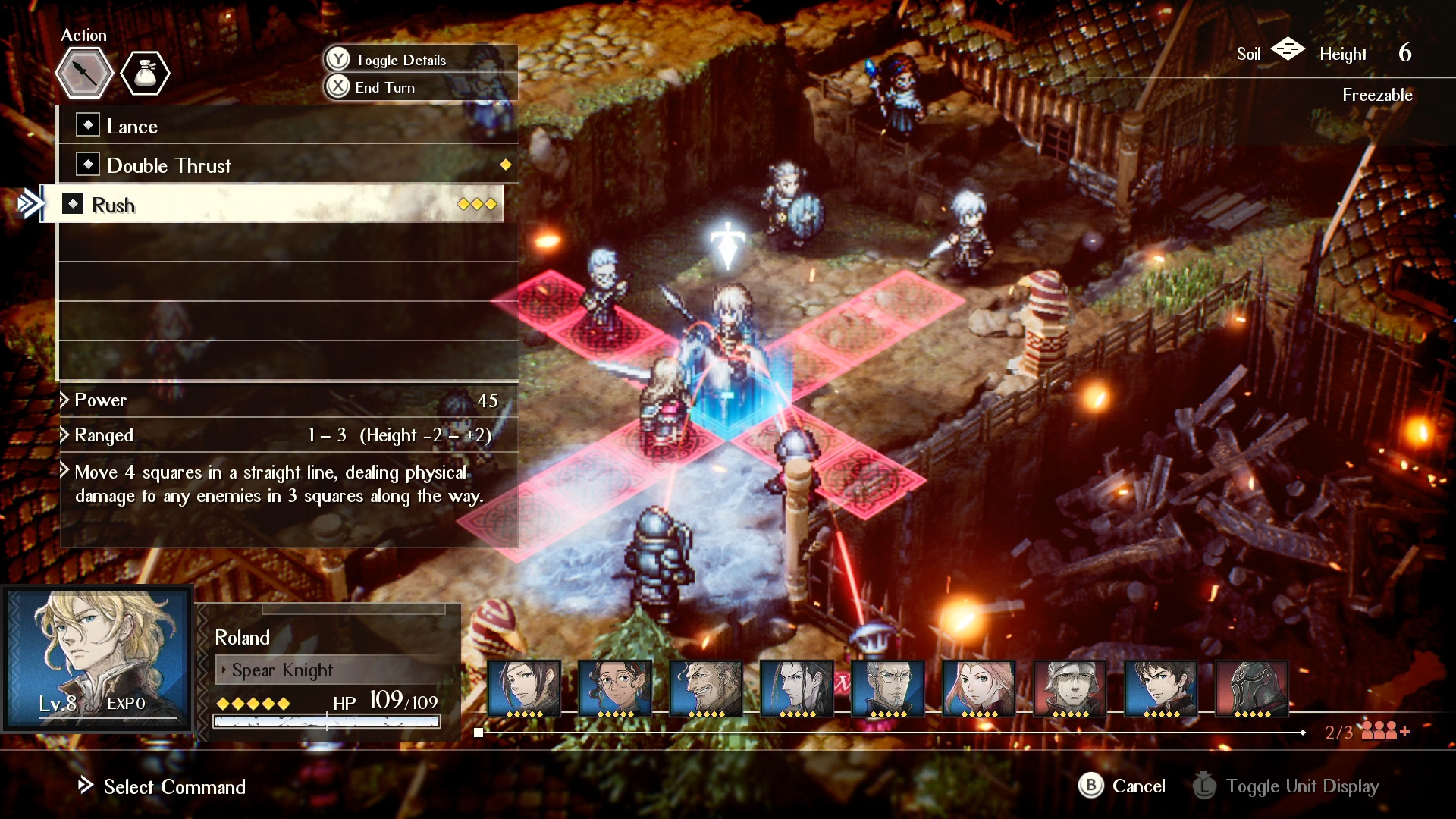
Most disappointingly, Triangle Strategy is lacklustre visually and technically. I absolutely love the HD-2D visuals as they were used in Octopath Traveller, but there is a blurry smear in Triangle Strategy that wasn’t present in that previous game. Characters and environments lose their definition as blurred edges create a soft look that makes everything look messy. Framerate drops and slowdown are fairly common as well, especially in one particular level involving a lot of fire where the framerate seemingly dropped into the single digits. For a visual style that shouldn’t be too demanding, it’s surprising how poor the game can look and run at points.
In the end, Triangle Strategy is an incredibly solid tactical RPG supported by an interesting story, characters and decision making mechanic. It can get a bit grindy and has technical hiccups, but they aren’t enough to truly detract from the experience. If you’re in the mood for a new RPG, Triangle Strategy is easy to recommend.
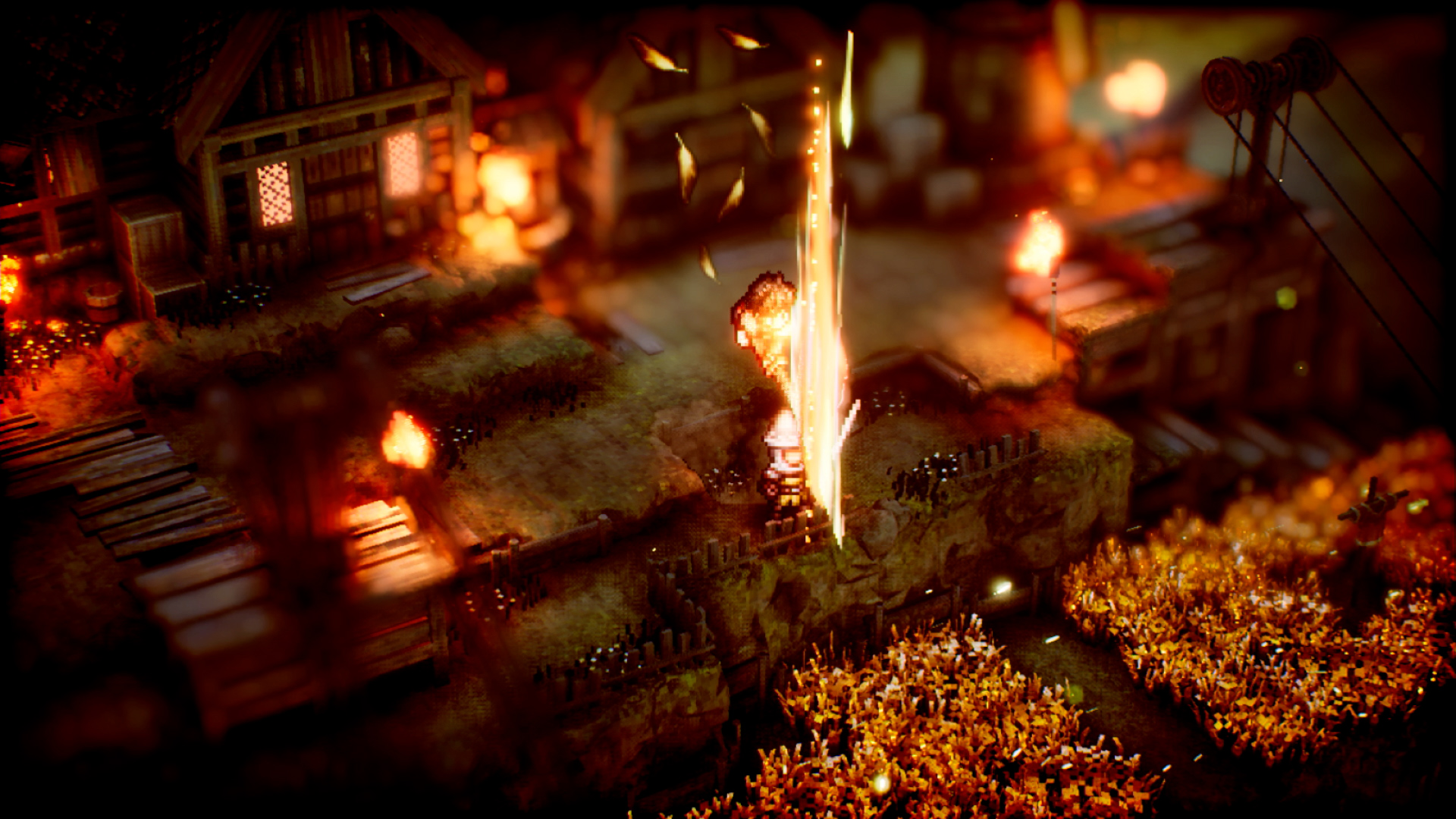
- Story and characters are interesting and engaging - Scales of Conviction are a fresh mechanic - Combat is super solid
- Graphics can be a blurry mess - Some pretty poor performance at points - Get ready to embrace the grind



